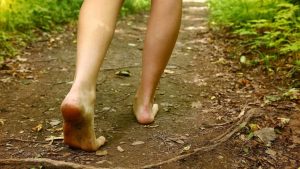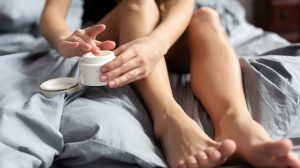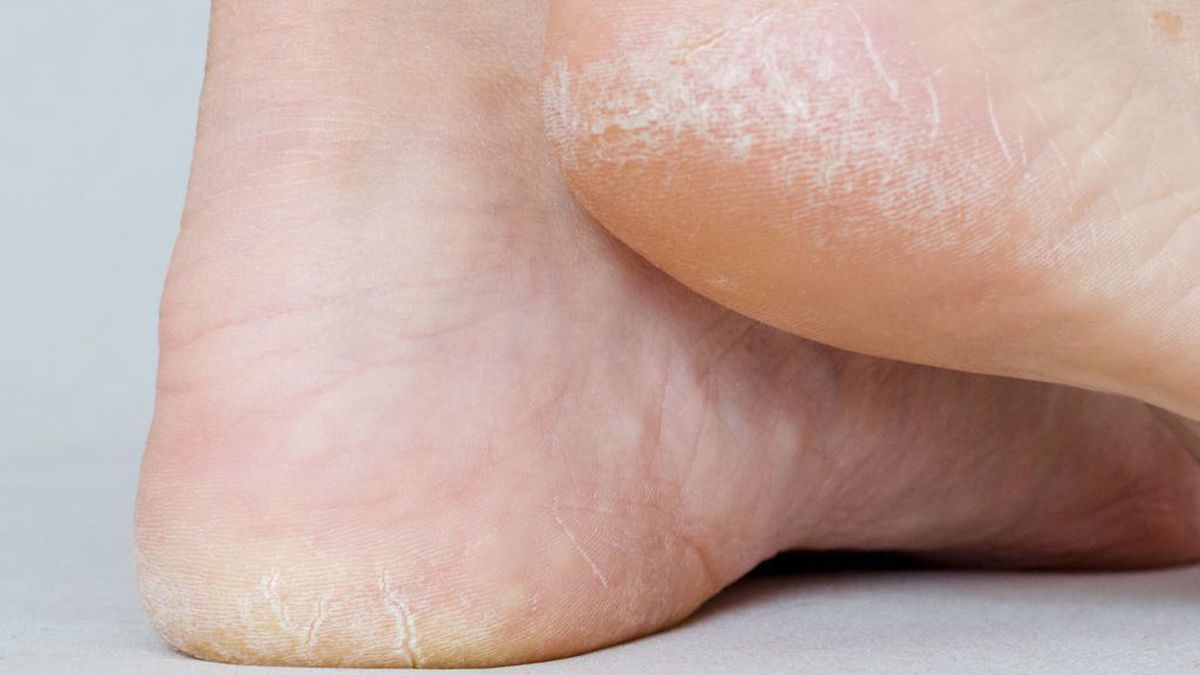Although it may be a joke to some, anyone can suffer from cracked or chapped feet. In some places, the drought season predisposes everyone to this problem – even children. Even more so in the actual moment, of pandemic and social isolation for some, in which they spend a lot of time at home, in sandals or even barefoot. This makes that more people have this downside.
The situation, in addition to being embarrassing for those who want to wear open shoes, causes pain, can imply more serious problems and promotes infections. For instance, when you have a crack in your foot, you lose the skin barrier. That opens doors for bacteria and fungi to enter. This is what we call a secondary infection.
Therefore, it is necessary to prevent, treat and monitor it, if it does not improve. In this case, a medical evaluation is necessary. It may be that the cause is not only dryness but other diseases. Psoriasis, is one example and some mycoses cause scaling.
How Does It Happen?

External factors make the skin of the heel thicker. Here are some of them:
– dryness
– walking barefoot a lot
– Sanding the foot: this practice is an aggression for the skin, which becomes temporarily thinner, but can even worsen the condition.
Other Causes
If thick and hard, the skin begins to have cracks, the famous crevices, especially if you are
– Overweight
– Wearing uncomfortable shoes
– Wearing open shoes
Treatment and Prevention

It is important to treat cracks, even if the aesthetic problem does not bother them or they do not cause pain, to avoid infections. Treatment measures also coincide with prevention. We recommend:
– Taking care of oral hydration, i.e. drink plenty of fluids.
– To take care of topical hydration, that is, to use a moisturizing foot cream twice a day, which is also good for prevention. We advise that you do it after bathing, for better absorption of the product.
– Use products containing urea and petroleum jelly
– Before going to bed, apply a moisturizer and put on socks or wrap your feet in a film.
– Avoid walking barefoot and with open-toed shoes
– Dry your feet well between your fingers after bathing. This will prevent fungus.
– If the skin is too thick, it may be necessary to combine moisturizing with salicylic acid to improve the skin’s absorption of the moisturizer.
Common Diagnosis
If the condition does not improve after about 30 days, it is important to get a medical evaluation, as it may be:
– Psoriasis
– Ringworm (some cause scaling)
– Contact dermatitis, which is an allergy to the material of a shoe. In this case, it is possible to test at home, by stopping wearing certain shoes. Note that one of the most common allergies is to rubber.
Tips to Avoid Cracked Feet
There are some basic steps to follow to avoid getting cracked feet. We list two of them below.
Up-to-Date Foot Hygiene:
Keeping feet clean is essential to avoid foot odor, frostbite and ringworm. This means washing them daily with soap and water or soap and then drying them very well – even between your fingers – because the moist environment is conducive to the growth of fungus and bacteria that cause problems.
Foot Moisturizer:
As mentioned earlier, dry feet are at risk of cracking – especially in the heels. The solution is to apply a specific moisturizer for this area, preferably a moisturizing cream that not only replaces lost water and softens the skin, but also forms a protective film that prevents dehydration. If you want to improve the absorption of the product, apply the cream to your feet before going to bed and wrap them in PVC plastic.
You now know more about cracked feet and heels. Do you know any other tips on how to get rid of them or avoid getting them? We would love to read you; don’t forget to share what you know with us in the comment section below.


